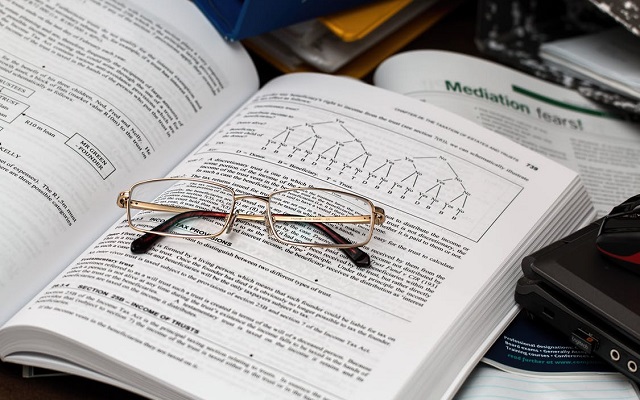Por:
Andrea Milena Duarte Carreño
|
Fecha:
2020
Abstract:
This work uses Colombian import data, gathered at the firm-level, to find out the patterns in the distribution of sales across suppliers within importers. The results are evaluated in light of the model of Herkenhoff, Krautheim, and Saure (2020) and extended to different samples to validate the persistency of the stylized fact: the value traded by a firm and its median supplier is independent of how well-connected a firm is. This value is very close to the one traded by the average single-supplier firm. The sales distribution by top source countries and industries in some cases show a different performance. Also, the distribution for firms purchasing from US exporters did not to suffer any change after the COL-USA Free Trade Agreement, under an active or exhaustive extensive margin. The new insights shed light on the potential role of the firm size, in terms of number of connections, and the margins of trade to evaluate features of upstream networks in different contexts.
Resumen:
Esta investigación usa datos agregados a nivel de firma sobre las importaciones colombianas, con el fin de hallar patrones en la distribución de ventas entre firmas importadoras y sus proveedores. Los resultados son evaluados a la luz del modelo de Herkenhoff, Krautheim, and Saure (2020) y son extendidos en diferentes muestras con el fin de validar la persistencia del siguiente hecho estilizado: el valor negociado por una firma y su proveedor mediano es independiente de su nivel de conectividad con otros proveedores. La distribución de ventas por países de origen de las importaciones y por industrias en algunos casos muestra un patrón distinto. También, la distribución de ventas para firmas que se suplen de exportadores estadounidenses no tuvo ningún cambio después del Tratado de Libre Comercio Colombia-Estados Unidos, bajo un margen extensivo activo o inactivo. Los nuevos hallazgos dan cuenta del rol potencial del tamaño de la firma, en términos de número de conexiones comerciales, y los márgenes de comercio para evaluar las características de las redes de proveedores en diferentes contextos.

